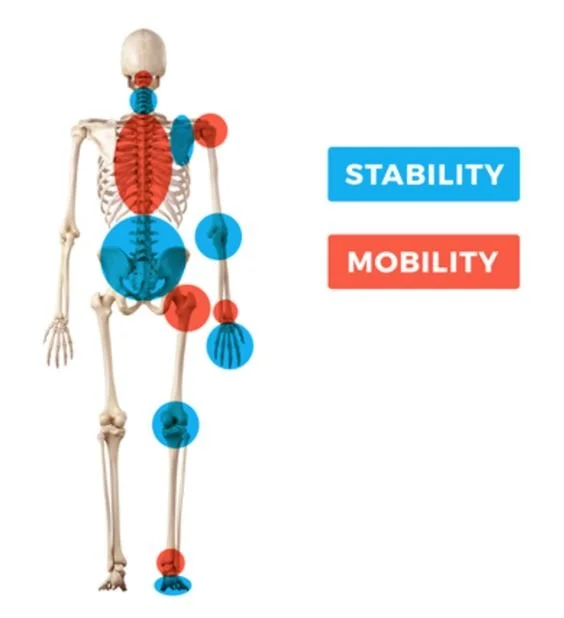How to optimise your movement and improve your long-term injuries… Let’s talk about regional interdependence
Treating chronic injuries can seem like a puzzle with a thousand pieces.
Although, by taking a step back and looking at the body as a whole and not as individual pieces, we can start to put the pieces together.
Regional interdependence is the concept that impairments in seemingly unrelated areas of the body may contribute to a person’s primary complaint. This moves away from traditional medical beliefs of solely treating the main area of concern. But when you think about chronic pain conditions in particular, would it not make more sense that other areas of the body may have become involved throughout the injury?
Today we discuss why it is vital to look outside the box when dealing with long-term lower back pain.
What is regional interdependence?
The body is a complex system of interconnected parts. Regional interdependence is a way of explaining how these interconnected parts interact.
When you look at how humans move in everyday activities, it does not look robotic. When you pick something up off the floor, individual parts of the body are not working in isolation. It is a fluid motion that is combining different body areas to produce a result. Regional interdependence takes this knowledge and suggests that pain or dysfunction in one area of the body can impact other seemingly unrelated areas.
When you look at how the different areas of the body are designed we can split their functions into either stable or mobile segments.
Stability or mobility?
When you start to split the areas of the body into stable and mobile segments you can start to understand how to assess and fix any dysfunctions.
In the context of regional interdependence, a stable area of the body is designed to resist motion and provide a stable foundation for movement to occur around. The most notable of these stable areas would be the lower back and core region. This area is designed to be the stable base for your limbs to move around.
On the opposite side, a mobile region of the body is designed to move freely. When you break down most movement patterns you will see mobile areas such as your hips and shoulders doing most of the work.
When you look at the figure you will see that each stable segment is surrounded by two mobile areas. A mobile body area cannot work effectively when the stable areas around it are not performing their role. The balance between the two areas is vital for optimal movement.
So how does all this relate to people experiencing chronic lower back pain?
Regional Interdependence and Chronic Lower Back Pain
When you look at the body as a whole, it is easy to see why lower back pain can often be mistreated.
For a stable area like the lower back region to function optimally, it needs to work together with the surrounding mobile areas. It is common to find hip and thoracic spine mobility restrictions in people with chronic lower back pain. Having these two areas not functioning effectively places excess demand on the lower back to be more mobile, which is something it does not do well.
Think of it like two of your coworkers, who have different roles than you, not being at work and you had to perform their duties. You would soon become burnt out because you are not designed to do their work. The same can be said when you make the lower back move too much.
But this concept is not just limited to adjacent areas. A mobility restriction in the ankle or a stability restriction in your foot (such as flat feet) will cause a change in your knee and hip position. Over time, this will cause your lower back to compensate for this dysfunction, ultimately leading to an overload in your lower back.
As you start to think outside the box, it becomes apparent that a lot of people with long-term lower back symptoms likely have multiple dysfunctions like this occurring simultaneously, no wonder why their symptoms are not resolving.
Regional interdependence tells us to look at the body as a whole, and rather than treating the symptomatic area, it is more beneficial to treat the body holistically for the best outcome.
Splitting the body into mobile and stable segments, and addressing any dysfunctions based on this, can provide a clear direction for rehabilitating even the most tenacious of lower back pain cases.
I challenge you to think about the activities that cause you the most difficulty and identify what areas should be moving versus the areas that should be stable. You might find that your tight hips are the reason for your lower back pain during a squat, or that your stiff shoulders are the reason your lower back hurts when reaching overhead.
The concept of regional interdependence is how we, here at The Physio MVMT, treat the cause of your injury and not just the symptoms.

